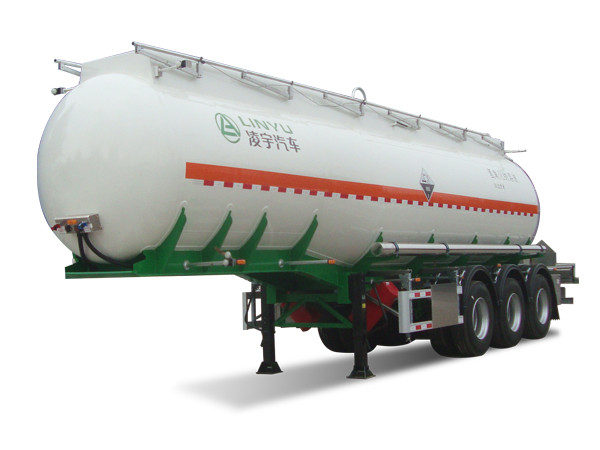Forging is the use of forging pressure on metal blank products by forging machines to plastically deform the processed forgings to achieve specific mechanical properties, shapes and sizes. This is an important metal plastic processing method adopted by many forging manufacturers. Many people know about forging, but they don’t know much about the forging process. Hoy, GOLD EMPEROR FORGING, a forging manufacturer, will share with you some common forging processes.
Classification according to forging temperature:
Ante todo, the forging process can be classified according to the forging temperature, commonly used are hot forging, forja en caliente y forja en frio.
Classification according to forming principle:
en segundo lugar, we can also divide the forging process into free forging, morir forja, ring rolling and special forging according to the forming principle of forgings.
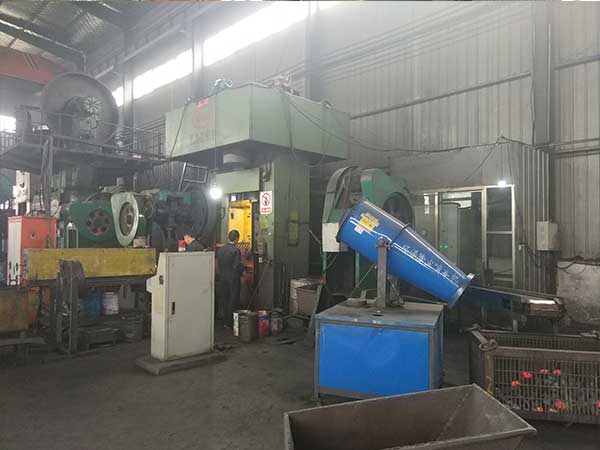
1. Free forging of forging process
Using simple universal tools, or directly applying external force to the blank between the upper and lower anvils of the forging equipment, the blank is deformed, and the processing method of the forging to obtain the required geometric shape and internal quality is free forging. Forgings produced by the free forging method can be called free forgings. Free forging is mostly used to produce small batches of forgings. We can use forging equipment such as forging hammers and hydraulic presses to form and process the blanks to obtain qualified forgings. Los procesos básicos de la forja libre incluyen trastornar, dibujo, puñetazos, corte, doblando, torsión, compensación y forja. La forja libre es toda forja en caliente.
2. Die forging of forging process.
Die forging can be divided into open die forging and closed die forging. After the metal blank is compressed and deformed in a forging die cavity with a certain shape, the required forgings can be obtained. Die forging is mostly used to produce important light and large-scale parts.
La forja en matriz se puede dividir en forja en caliente, forja en caliente y forja en frio. In the future, warm forging and cold forging will use more die forging processes, which are more difficult to forge than other forging methods, and can better reflect the forging technology level of forging manufacturers.
According to forging materials, die forging can also be divided into ferrous metal die forging using ferrous metals such as carbon steel, non-ferrous metal die forging using non-ferrous metals such as copper and aluminum, and powder product forming with powder metallurgy materials.
…
Se puede acceder a los detalles aquí: https://www.gold-emperor.com/forging-process-category/

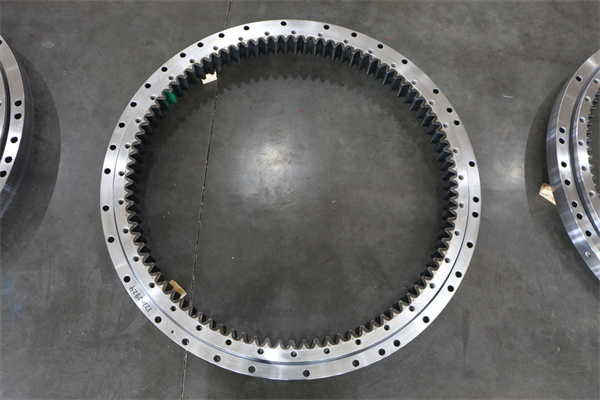
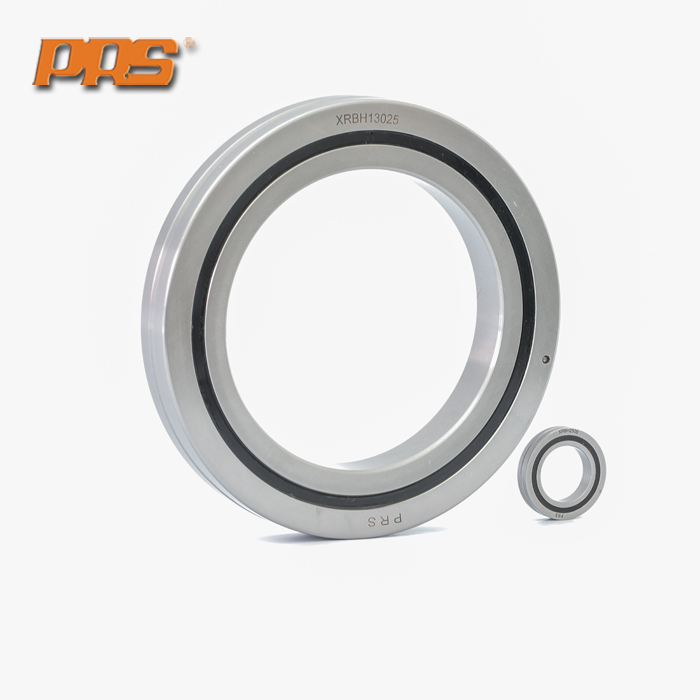
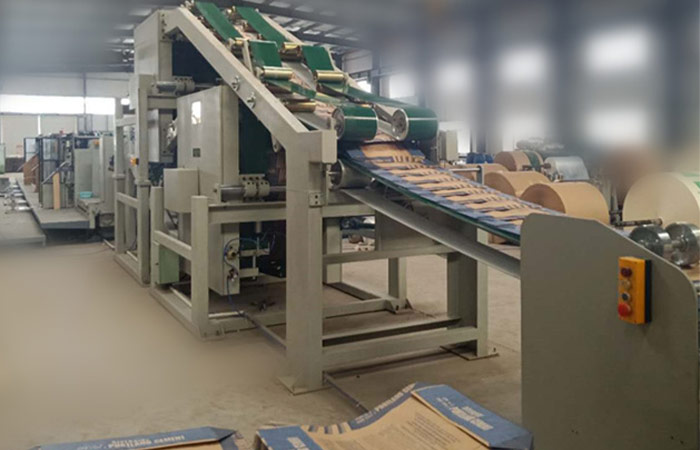
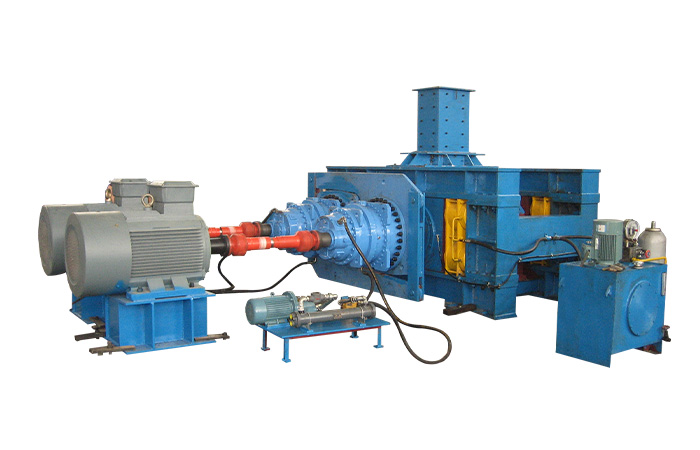
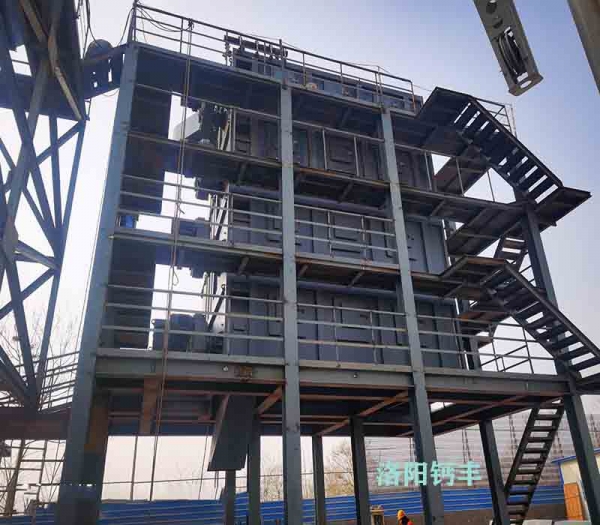
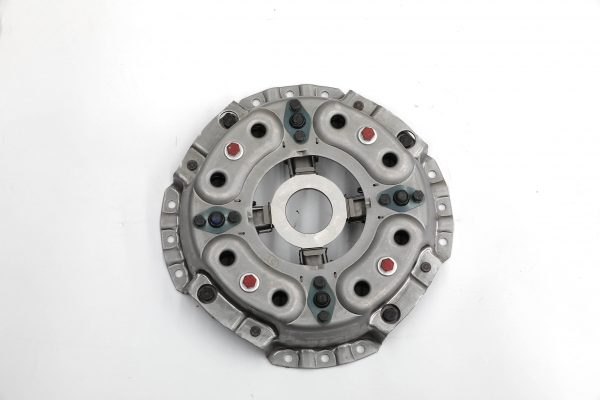
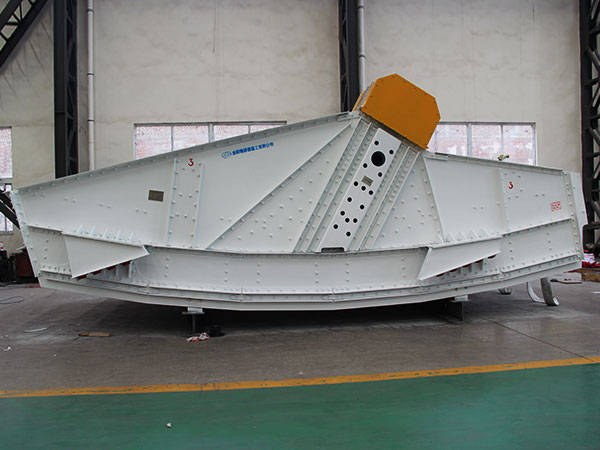
-e1653961636744.jpg)
